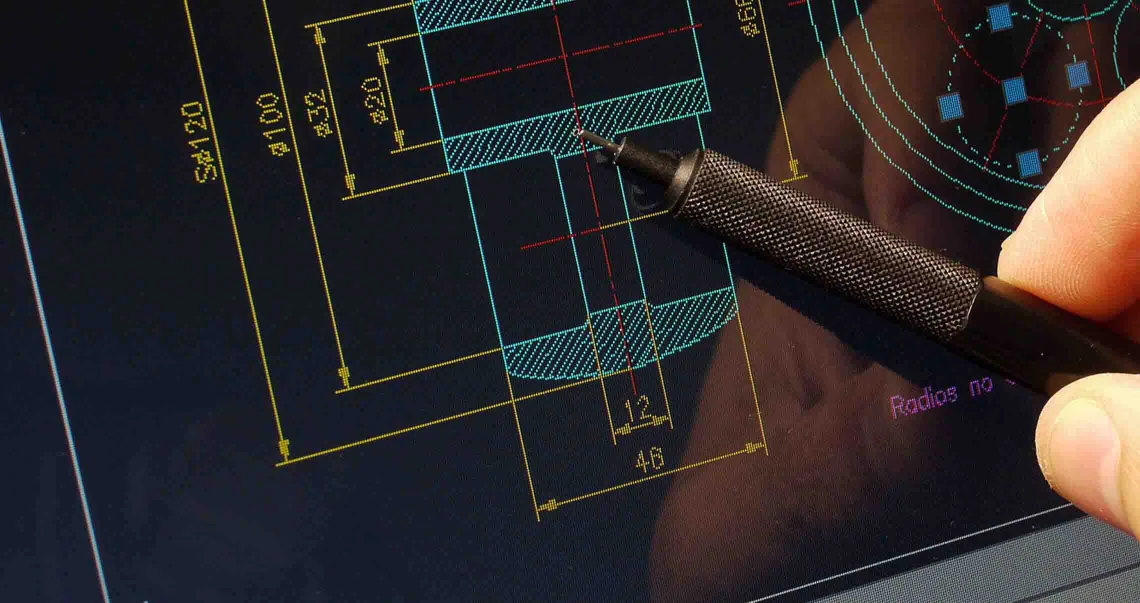Digital banking for business
Seamlessly access all of your accounts from one place with First Citizens Digital Banking for business.
Before the development of architecture software, architects used to create all their drawings and models by hand—a slow and often stressful process that could lead to mistakes and having to start all over again.

Today, architects have access to a wide variety of technologies and cutting-edge software that makes it possible to produce 2D and 3D drawings quickly and accurately. These tools can make architecture firms more efficient and boost the bottom line in a number of ways. While investing in architecture design software can help firms stay competitive and provide the best possible results for their clients, these programs are a major investment and often come with significant upfront costs.
Because they need software for multiple stages of a project—from concept to 3D modeling to image editing and presentations—architecture firms have to invest in several different programs. There's no one program that does it all. Some of the technology revolutionizing the architecture field include:
Building Information Modeling: BIM software combines 3D modeling programs and data management systems that span and inform the whole construction project—from spatial relationships to geographic information. Two of the most popular BIM programs are Revit and ArchiCAD.
Virtual reality and augmented reality: VR and AR technologies allow architects to immerse their clients in simulated real-world environments. They also enable architects to identify potential design flaws before the building process begins.
3D Printing: 3D Printing can be used to create custom complex parts for buildings that were previously challenging to build. It can also create prototypes of parts to provide mock-ups before building begins.
Internet of Things: The IoT enables architects to design smart buildings that improve occupant experience, reduce energy waste and minimize environmental impact.
Generative design: Generative design uses artificial intelligence, or AI, and machine learning algorithms to create multiple design options based on a set of parameters. It allows architects to explore more design solutions and create structures that are more efficient than traditional designs.
Computational design: Computational design is the practice of using computer programs to generate and analyze building designs. It allows architects to create complex plans that would be difficult or impossible to achieve through traditional drafting practices.
Digital fabrication: Digital fabrication uses robotic manufacturing techniques to produce building components and assemblies. It can improve accuracy, speed and sustainability in building construction, all while reducing labor costs and waste.
Collaboration tools: Cloud-based platforms such as Autodesk Construction Cloud, Google Drive and Dropbox allow team members to access and edit files from anywhere, enabling seamless communication and coordination.
Because the costs for the software your firm needs can add up quickly, it's important to ask some key questions to help you choose the right options before you invest.
Software specifically designed for architects can create efficiencies that streamline processes, in addition to helping you compete with other tech-savvy firms and provide clients with better service. The costs and capabilities of these software programs vary widely, so whether you decide to go all-in or start small, making these upfront investments will undoubtedly contribute to the long-term success of your business.
Email Us
Please select the option that best matches your needs.
Customers with account-related questions who aren't enrolled in Digital Banking or who would prefer to talk with someone can call us directly.